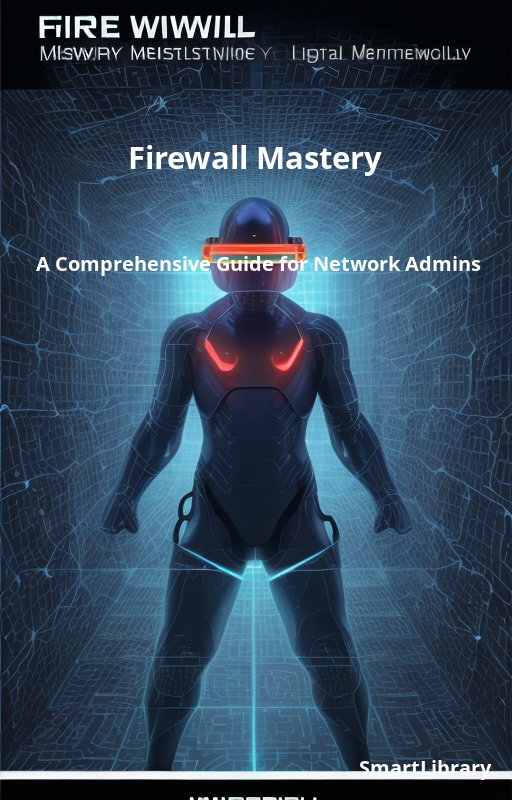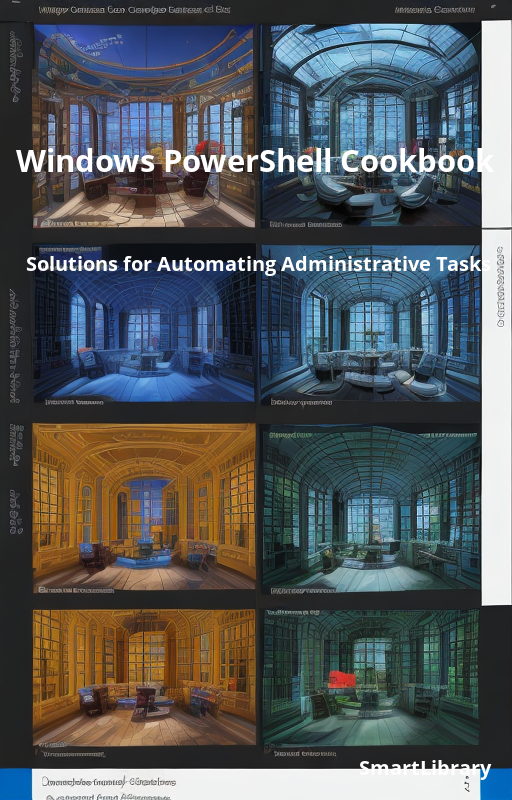
Information Architecture for the Web
This educational textbook is a comprehensive guide that unravels the intricacies of web information architecture. It takes readers on a journey through the process of conceptualizing and designing website structures that are both effective and user-friendly. With a focus on clear navigation systems, this book equips readers with the necessary knowledge and skills to create websites that are not only visually appealing but also easy to navigate.
Throughout the chapters, this book provides a wealth of practical examples and best practices that illustrate the principles and theories of information architecture. These examples serve as valuable references for readers, allowing them to apply the concepts they learn to real-world scenarios. By showcasing successful websites and their navigation systems, readers gain insights into the strategies that work best in different contexts.
One of the key strengths of this textbook is its emphasis on user-friendliness and accessibility. It recognizes the importance of designing websites that cater to the diverse needs of users, including those with disabilities or limited digital literacy. By incorporating accessibility principles into the information architecture, readers will be equipped to create inclusive websites that provide equal access to all.
The book acknowledges the complexities involved in information architecture and offers guidance on tackling challenges that may arise during the design process. It addresses common pitfalls and provides solutions for overcoming them, empowering readers to make informed decisions that result in effective and efficient website structures. Moreover, it emphasizes the significance of usability testing and user feedback, demonstrating how these methods can inform and refine the information architecture.
This in-depth textbook serves as an indispensable tool for both beginners and experienced web designers. With its comprehensive coverage of web information architecture, practical examples, and best practices, readers will acquire the knowledge and skills necessary to create user-friendly and accessible websites that are easy to navigate.

























































































































